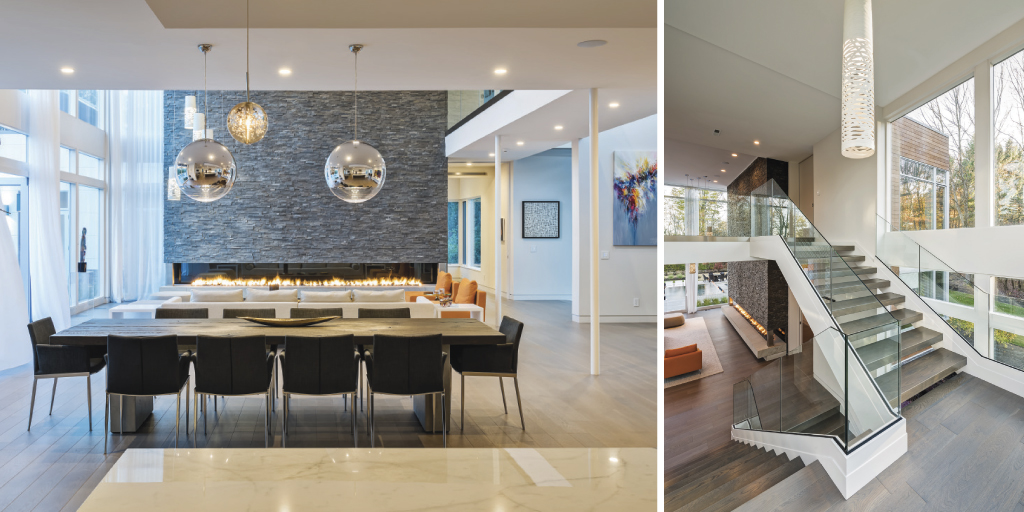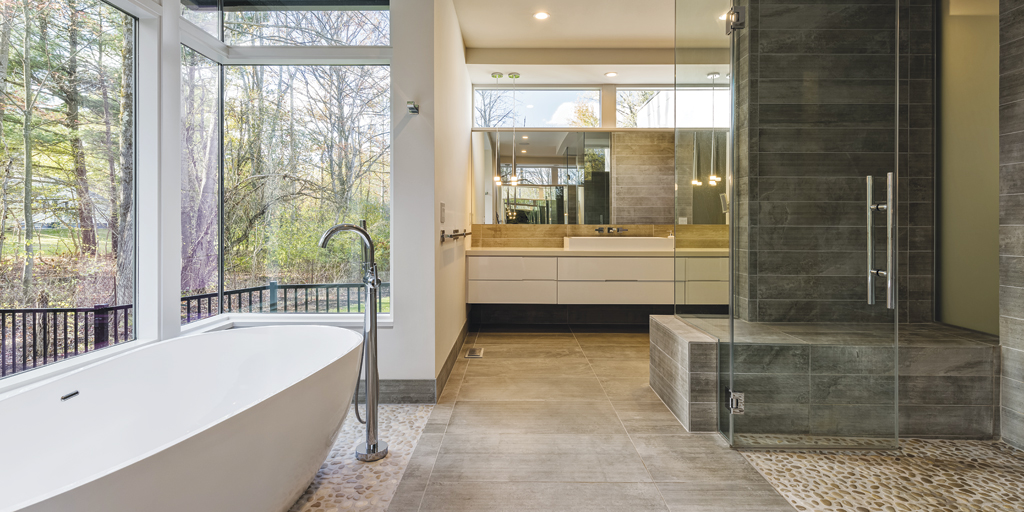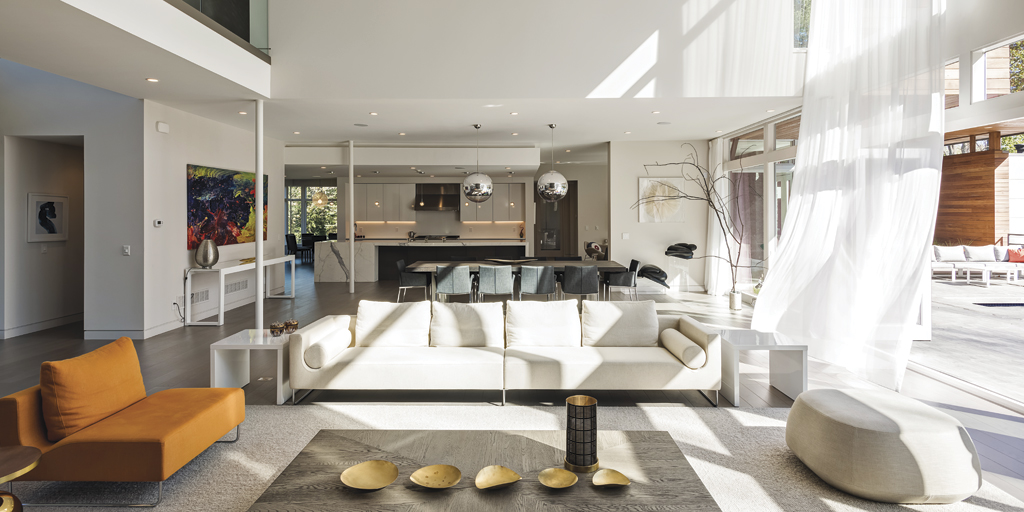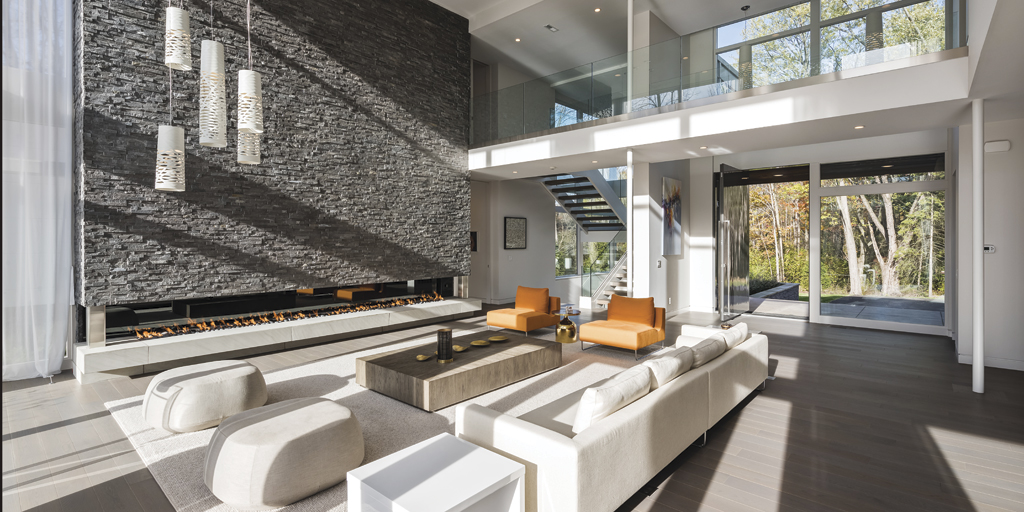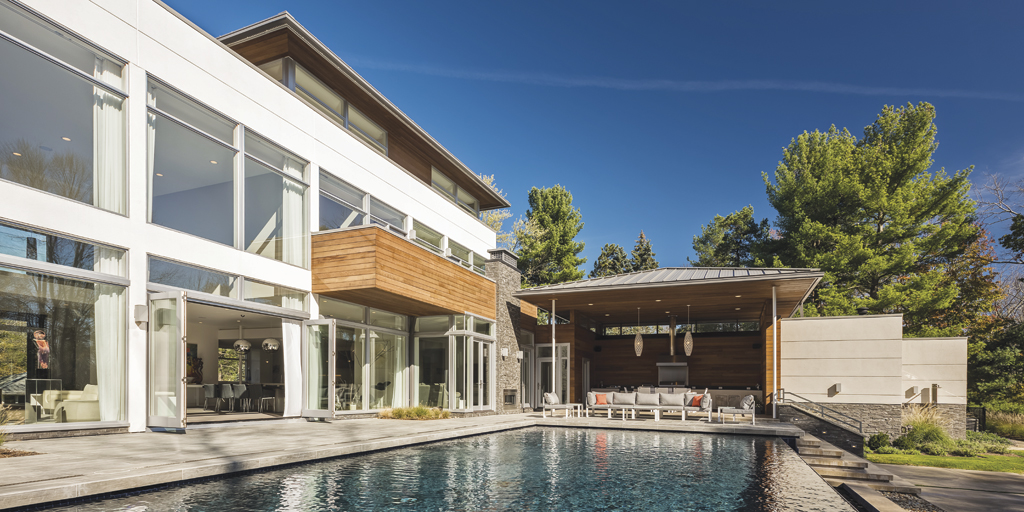Dr. Arezou Faraji didn’t want to move.
Over the last decade, the University Hospitals radiologist and her podiatrist husband, Dr. Atta Asef, had completely renovated a five-bedroom, nine-bath Bentleyville abode, a place where they and their two daughters were comfortably ensconced. But Atta, who moonlights as a real estate agent, had found a house he wanted to buy.
“It wasn’t completely me,” Arezou recalls. “I didn’t want to go and start remodeling again. I said, ‘If you want me to move, the only way I [will] move is if I build my own home.’ ”
Arezou and Atta did just that. In 2014, they toured a 5-acre spread with a 750-square-foot ranch and two horse barns that had belonged to a beloved Bentleyville resident: the late Clarice “Sweetie” Roser.
“This lady used to let kids come in and ride horses on weekends,” he says.



